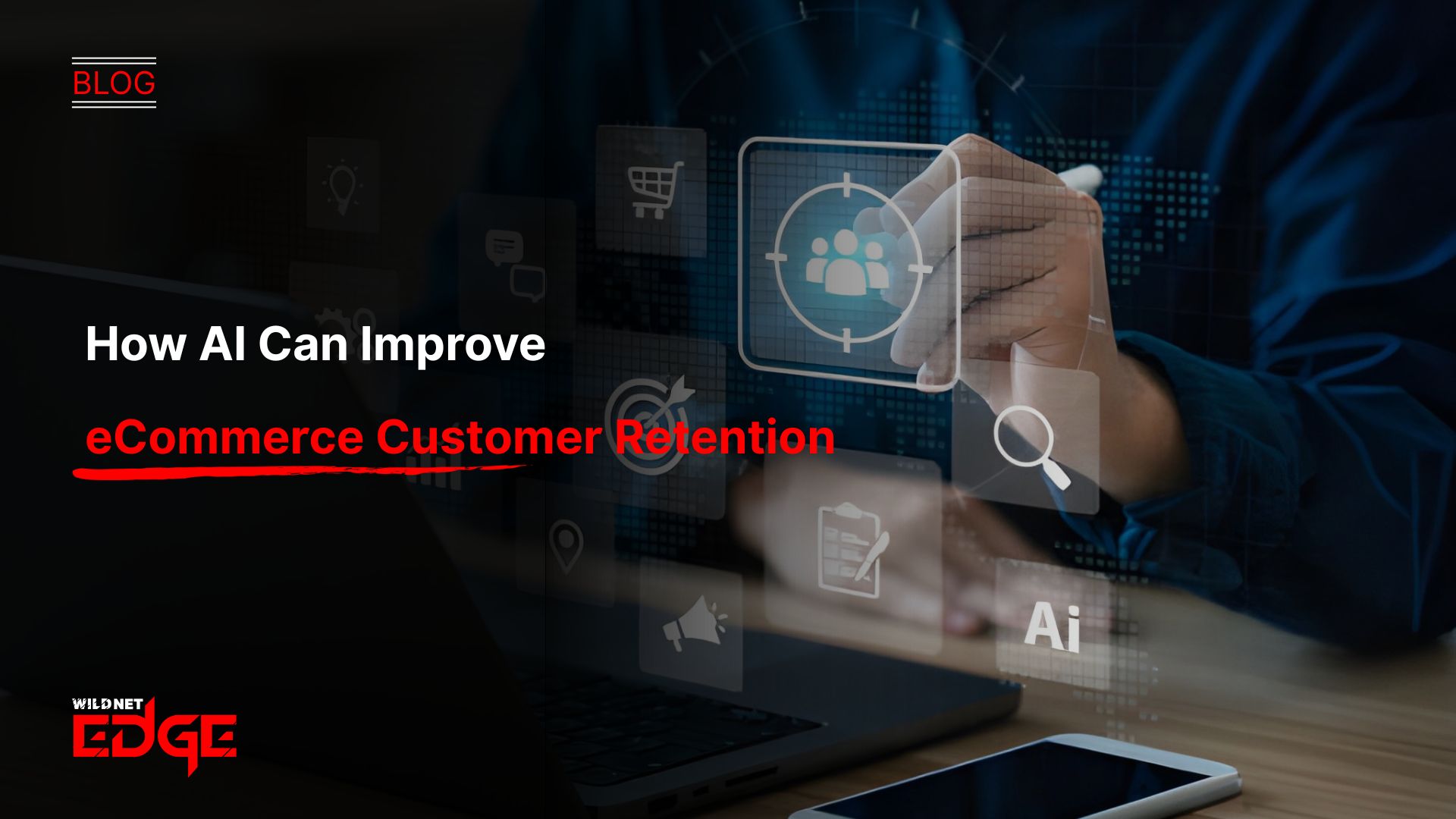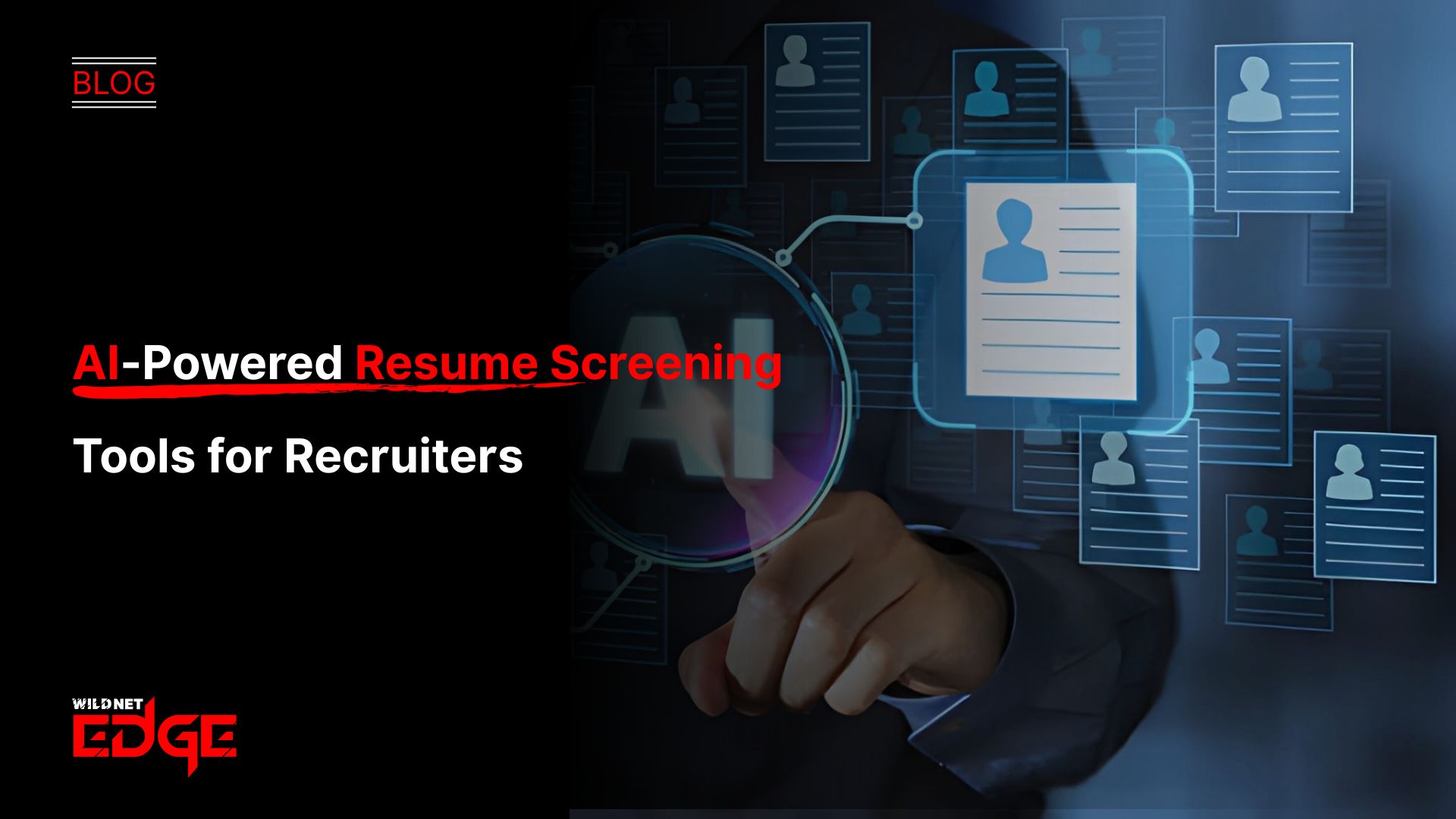TL;DR
This article explores how artificial intelligence is critical for boosting eCommerce customer retention. It details how AI moves beyond basic marketing, using predictive analytics to identify at-risk customers and hyper-personalization to enhance the user experience. The guide covers key customer engagement strategies powered by AI, such as 24/7 automated support via chatbots and dynamic product recommendations. Implementing AI is an essential strategy for eCommerce businesses to increase customer lifetime value, reduce churn, and build sustainable AI-driven loyalty by making every interaction more intelligent and relevant.
Acquiring a new customer is more expensive than keeping one. Yet, many eCommerce businesses focus on acquisition, watching profits leak away through customer churn. Research from Bain & Company has shown that increasing retention by just 5% can boost profits by 25% to 95%. The strategic implementation of AI in eCommerce retention is the key to plugging this leak. By leveraging AI, you can move from a reactive to a proactive retention strategy, building loyalty and maximizing lifetime value.
Why Traditional Retention Strategies Fall Short
For years, customer engagement strategies have relied on generic approaches: mass email blasts, simple “we miss you” discounts, and basic points programs. These methods are often ineffective because they are impersonal and fail to address the specific reasons why a customer is disengaging. They treat all customers the same, ignoring the unique data trails they leave behind. Furthermore, customer data is often siloed, with support, marketing, and sales platforms not speaking to each other, making a holistic view impossible. Building an integrated platform with a modern Ecommerce Development Company is the first step to solving this — especially when preparing for AI in eCommerce retention.
Why Your Business Needs AI in eCommerce Retention
Artificial intelligence allows you to analyze vast amounts of data to understand and predict customer behavior at an individual level. This enables a proactive, personalized approach to retention and strengthens your AI in eCommerce retention strategy.
Hyper-Personalization at Scale
AI algorithms can scrutinize a customer’s whole history based on their past activities, including browsing habits, purchase frequency, and product interests to create a distinct profile. This permits you to offer real 1-to-1 personalization. Rather than just “customers who bought this also bought…”, AI can drive dynamic product recommendations and website content customized to the individual’s expected preferences — a major win for AI in eCommerce retention. McKinsey reports that personalization that works well can lead to a 5-15% increase in revenue.
Predictive Analytics for Churn Prevention
This is the most effective application of AI in eCommerce retention. Rather than waiting for a customer to leave, AI models can forecast which clients are most likely to churn and intervene early. These models pick up faint signals such as reduced login frequency, lower purchase value, or negative sentiment in support chats to mark accounts that are at risk.
24/7 Automated Customer Support
Inadequate or delayed customer service is one of the main reasons customers leave. Customers want immediate answers all day, every day. AI-based chatbots and virtual assistants give instant, accurate responses to the most common questions like “Where is my order?” or “What is the return process?” This is a cornerstone of AI in eCommerce retention, as it prevents frustration and builds trust.
Smarter Customer Loyalty Programs
AI can transform generic customer loyalty programs into powerful personalization tools. Instead of offering the same points-for-discount reward to everyone, an AI can identify what truly motivates a specific customer. For example, it might offer early access to new products for a high-value “innovator” customer, or a surprise free shipping reward for a price-sensitive shopper, creating true AI-driven loyalty — and boosting AI in eCommerce retention overall.
Key AI-Powered Customer Engagement Strategies
Implementing AI opens up a new toolkit of effective customer engagement strategies to strengthen AI in eCommerce retention.
AI-Powered Product Recommendations
While often seen as an acquisition tool, smart recommendations are crucial for retention. By analyzing a customer’s past purchases, AI can power email campaigns and on-site banners that suggest relevant complementary products or refills, bringing them back to your store — a vital tactic for AI in eCommerce retention.
Sentiment Analysis of Customer Feedback
AI, specifically Natural Language Processing (NLP), can scan thousands of product reviews, support tickets, and social media comments in minutes. It identifies and categorizes common themes of frustration or delight. This proactive insight enables AI in eCommerce retention strategies that fix issues before they lead to churn.
Proactive Intervention Workflows
This strategy connects churn prediction with automation. When AI flags a high-value customer as “at-risk,” it can automatically trigger a workflow. This could be a personal outreach task or a targeted “we miss you” offer. A specialized AI Automation Agency can help design these journeys, making them a key part of your AI in eCommerce retention system.
Implementing an AI Retention Strategy
For a CEO or business leader, starting the journey requires a clear plan to succeed in AI in eCommerce retention.
1. Unify Your Customer Data
You cannot leverage AI without clean, accessible, and unified data. Your first step is to break down silos between your eCommerce platform, CRM, support desk, and marketing tools. A centralized data platform is the foundation for any AI-driven customer insights and successful AI in eCommerce retention program.
2. Start with a Specific, High-Value Problem
Don’t try to “boil the ocean.” Start with a single, clear goal. For example: “Reduce churn in the first 90 days by 10%” or “Automate 50% of ‘Where is my order?’ inquiries.” This focus allows you to prove the ROI of AI in eCommerce retention quickly.
3. Choose Your Tools or Partner
Decide whether to use off-the-shelf AI tools or build a proprietary system. Building Custom Software Solutions offers greater competitive advantage and long-term scalability for AI in eCommerce retention.
AI Retention in Action: Case Studies
Case Study 1: A Subscription Box’s Churn Prediction
- Challenge: A subscription box company faced high churn after month three.
- Solution: We implemented an AI in eCommerce retention model that analyzed user choices, feedback, and engagement.
- Result: The company reduced churn by 22% and used insights to redesign their offering.
Case Study 2: A High-Volume Retailer’s Support Automation
- Challenge: An electronics retailer faced long wait times due to repetitive support tickets.
- Solution: We deployed an AI chatbot integrated with their systems — a major AI in eCommerce retention win.
- Result: The bot deflected 70% of Tier-1 inquiries, improving CSAT and reducing costs.
Our Technology Stack for AI in eCommerce
We leverage powerful tools for data analysis, machine learning, and automation — the backbone of AI in eCommerce retention.
- AI & ML: Python (Scikit-learn, TensorFlow, PyTorch)
- Data Platforms: Databricks, Snowflake, BigQuery, AWS Redshift
- Processing: Apache Spark
- Activation: CDPs, Marketing Automation Tools
- Chatbots: Google Dialogflow, Rasa, Microsoft Bot Framework
Conclusion
In the end, AI in eCommerce retention is about transforming your relationship with customers from transactional to personal. By leveraging AI-driven customer insights, you can anticipate needs, solve problems proactively, and create experiences so valuable that customers stay loyal.
Ready to stop churn and maximize customer lifetime value? At Wildnet Edge, our AI-first approach ensures we build more than just eCommerce sites; we build intelligent retention engines powered by AI in eCommerce retention.
FAQs
While more data is always better, the quality and variety matter most. A good starting point is often a few thousand customer records with rich behavioral and transactional histories. Even with smaller datasets, AI can identify meaningful patterns to provide a lift over generic rules.
It can if implemented poorly. The goal is not to replace humans but to handle the simple, transactional queries instantly. A well-designed system feels efficient, not impersonal. It also frees up human agents to provide high-empathy support for complex issues where it’s needed most.
The biggest mistake is starting with a “technology-first” approach (e.g., “We need an AI”) rather than a “problem-first” approach (e.g., “We need to reduce churn”). A successful strategy focuses on solving a specific, high-value business problem.
You can measure ROI by A/B testing. Send a retention offer (generated by AI) to a group of at-risk customers and compare their churn rate to a control group that received no offer. The difference in retained revenue versus the cost of the offer and the AI system is your ROI.
A great starting point is using AI-powered sentiment analysis on your support tickets and product reviews. This provides immediate, actionable insights into your customers’ biggest pain points, allowing you to fix the problems that are actively driving them away.
AI goes beyond segmenting by “demographics.” It creates behavioral segments, such as “high-value loyalists,” “discount-driven shoppers,” and “at-risk customers.” This allows you to tailor your customer engagement strategies and offers to each group, making your marketing far more relevant.
A basic chatbot follows a rigid script. An AI assistant (powered by NLP) understands user intent. It can handle complex, multi-turn conversations, access customer data to give personalized answers, and automate tasks, making it a true tool for problem resolution and AI-driven loyalty.

Nitin Agarwal is a veteran in custom software development. He is fascinated by how software can turn ideas into real-world solutions. With extensive experience designing scalable and efficient systems, he focuses on creating software that delivers tangible results. Nitin enjoys exploring emerging technologies, taking on challenging projects, and mentoring teams to bring ideas to life. He believes that good software is not just about code; it’s about understanding problems and creating value for users. For him, great software combines thoughtful design, clever engineering, and a clear understanding of the problems it’s meant to solve.
 sales@wildnetedge.com
sales@wildnetedge.com +1 (212) 901 8616
+1 (212) 901 8616 +1 (437) 225-7733
+1 (437) 225-7733































